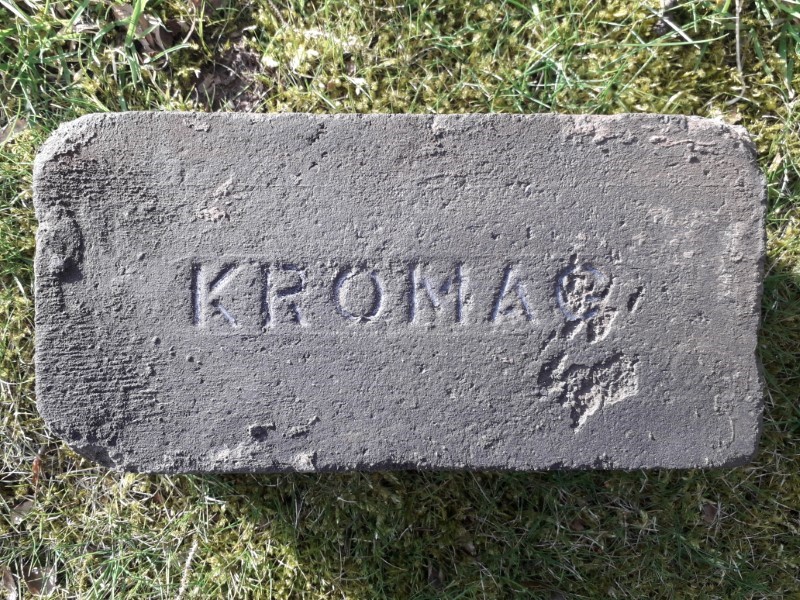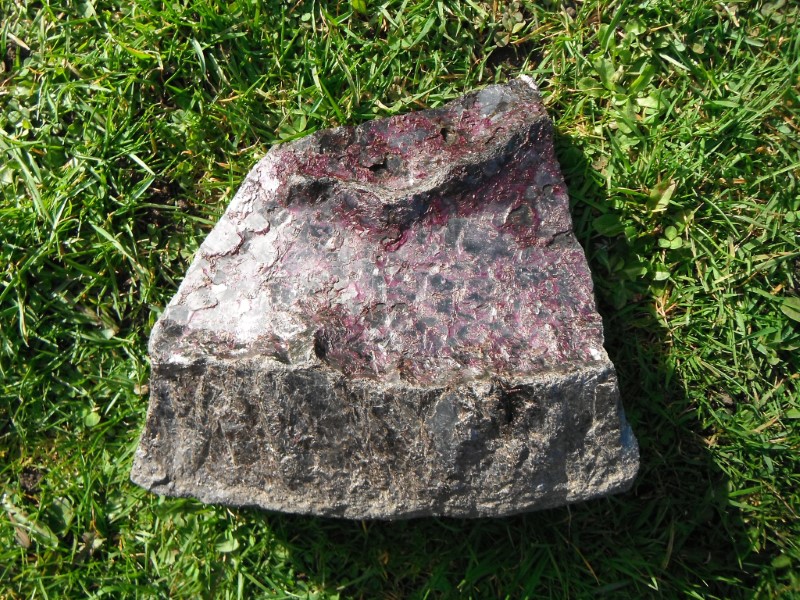GAH
— 25/07/2024Found at the Manuel Brickworks, Whitecross. This is a broken special product. The top, left and right sides are intact and shaped as you see them but it is broken along the bottom edge. The manufacturer is unknown but the find site would suggest it was made at the Manuel Brickworks. GAH may well represent…















